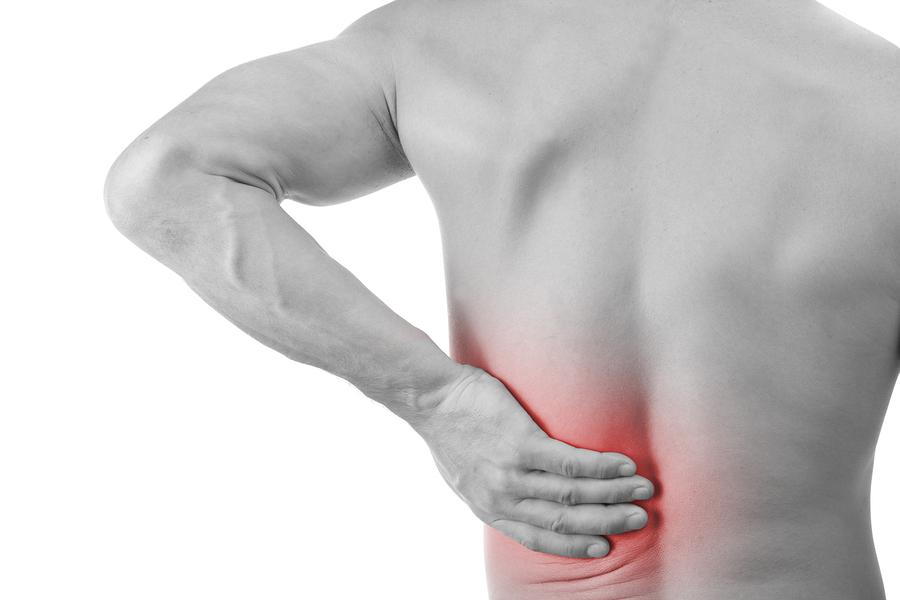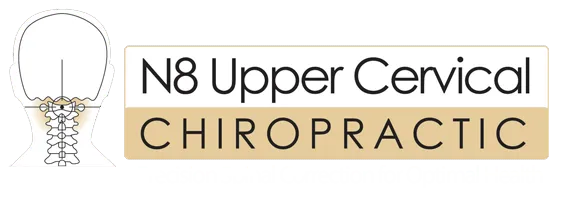
Back pain can be more than just a simple annoyance. For some people back pain can mean an inability to work, drive a car, lift up their children, and engage in social activities and sports. Fortunately, some risk factors can be avoided entirely and there are some simple things you can introduce that can get you feeling your best.
Back Pain Risk Factors to Look Out For
Risk factors are not a guarantee of developing back pain, but if you can place yourself in several of these categories, you might be more prone to having back issues. Some of these risk factors can’t be controlled – you can’t avoid aging, or your job may require some heavy lifting. However, there are certain things you can do to minimize risk.
Getting older - as we age, more wear and tear is placed on out joints, including the joints in our spine. Aging can contribute to conditions like degenerative disc disease, spinal stenosis, or osteoarthritis that can lead to back and neck pain.
Sedentary lifestyle - a lifestyle that lacks exercise and activity can be a big risk for developing back pain. Additionally, being sedentary can cause existing back pain to worsen in severity.
On-the-job hazards - occupations that require lifting, stooping, or bending repeatedly, such as a nurse or someone who works in construction, have a higher occurrence of back pain. People who tend to work in somewhat awkward postures like dental hygienists or those who stand for extended periods of time, like hairdressers, are also at an increased risk. Those who sit for long stretches can be affected as well.
Being overweight or obese - carrying around extra weight is very hard on your skeletal system which has to support it. The stress and strain on the lower back increases, not to mention on your other joints, like hips and knees, as well.
Genetics - certain back pain causing spinal conditions, such as degenerative disc disease, may have a genetic component to them that is passed down from your parents.
Pregnancy - as the developing fetus grows, the pelvis and lower back must change quite a bit to compensate. Pregnancy also causes the loosening of ligaments in preparation for the birthing process, and this can also be a contributing factor in the development of back pain.
Smoking - smokers not only face the obvious risks of lung and heart disease, but did you know that they are also at a higher risk of having back pain? Smoking can damage the blood vessels that feed the joints and discs of the spine. This can cause degenerative conditions that can lead to back pain.
Poor posture - Poor posture in any position – sitting, standing, or lying down – can eventually lead to back and/or neck pain. Slouching over a keyboard, holding the telephone between your ear and shoulder, sleeping on your stomach with your neck turned to one side, and rounding your shoulders forward while standing are all examples of daily habits that can ultimately lead to back problems.
Things You Can Do to Reduce Risk & Improve Back Pain
Keep exercising - since a sedentary lifestyle is a major contributor to back pain, getting up and moving is one of your best tools to combat it. If your back is hurting, starting with some simple movements like walking or pedaling on a stationary bike can be a great way to start out. Of course, it’s important to avoid extremely strenuous exercise or movements that you know will aggravate your pain, like twisting (I.e. swinging a golf club) or working in the garden if bending down makes your pain worse.
Improve your flexibility - muscle tension and imbalances can also contribute to back pain, so working on your flexibility can help keep you feeling good. Try taking a yoga class or get into a regular stretching routine at home if you don’t need the guidance.
Quit smoking – quitting smoking will not only help your lungs, but it might also save your back as well. Getting off nicotine can help to avoid the damage it can cause to the tissues of your spine by constricting the blood vessels that deliver nutrients to the discs and joints.
Limit bed rest - while it might be tempting to baby your back when it hurts, taking too much time off to rest in bed might actually be contributing to the problem. Taking more than a couple of days to recover can cause you to experience more pain in the long run than people who got back to their daily activities as best as they could within a few days.
Take good care of your spine - proper spinal care is as important to avoid back pain as taking care of your teeth is to avoid dental problems. Your spine is a complicated combination of bones (vertebrae), muscles, and ligaments that work together to keep you feeling and functioning at your best. Abnormal spinal alignment can cause pain and discomfort anywhere throughout the back, and can even cause pain to radiate down through the arms or legs.
Get to the Root Cause of Back Pain with Upper Cervical Chiropractic Care
Most people know to visit a chiropractor when their neck or back hurts, but many don’t know about how upper cervical specific chiropractic care can actually help them achieve lasting relief. When the uppermost vertebra in your neck, the atlas, is out of alignment it starts a chain reaction of compensation down the rest of the back. The atlas carries the weight of the head, and when that is not centered properly, your shoulders and your hips will be off-tilt causing mid- and lower back problems. Upper cervical chiropractic care addresses the root cause of the issue by reentering the atlas vertebra beneath the skull. In turn, the abnormal strain and tension on the rest of the back can be relieved, leading to a reduction and solution for your back pain.
References:
https://www.webmd.com/back-pain/guide/low-back-pain-risk-factors
https://www.webmd.com/back-pain/features/12-back-pain-tips#1
To schedule a consultation with N8 Upper Cervical Chiropractic clinic, call (02) 8553-6218 or just click the button below.
If you are outside of the local area, you can find an Upper Cervical Chiropractor near you at www.uppercervicalawareness.com.

